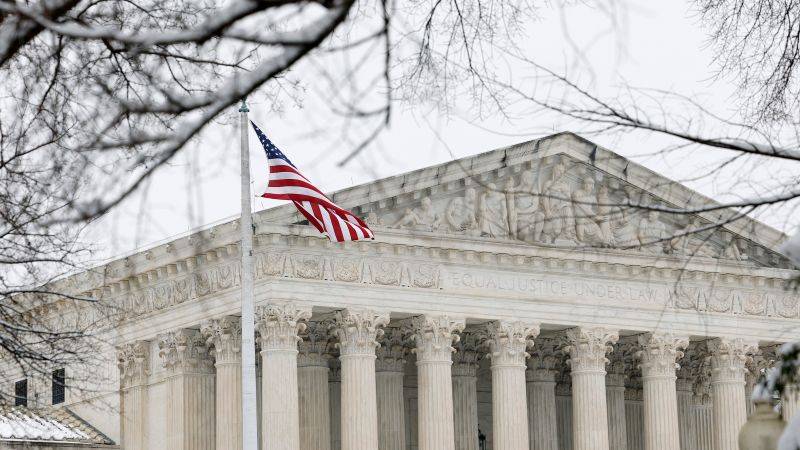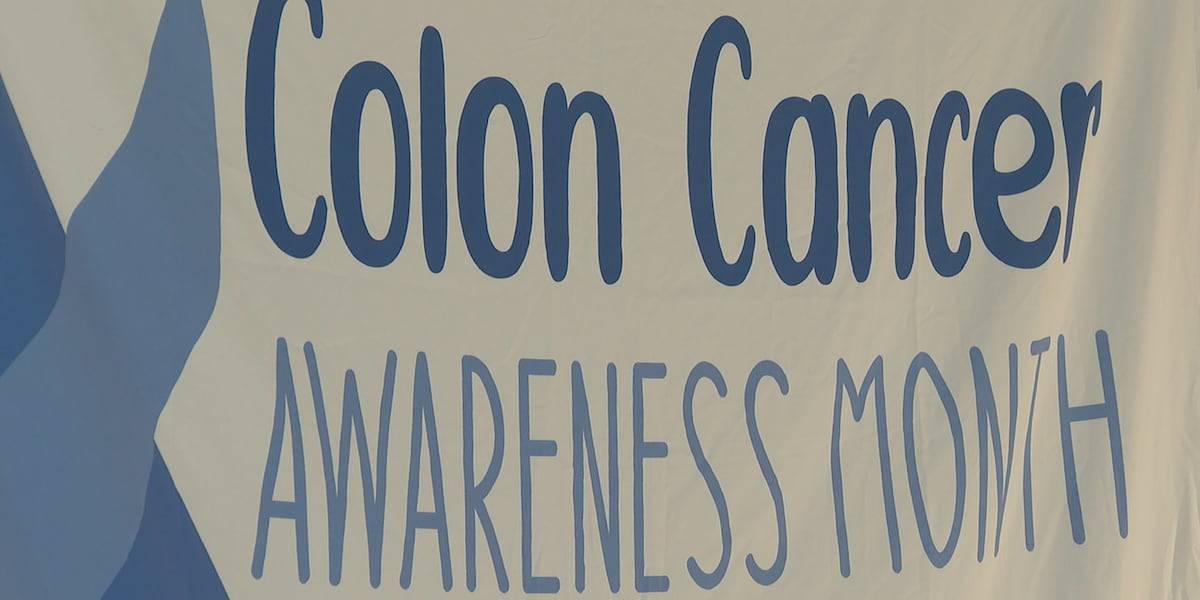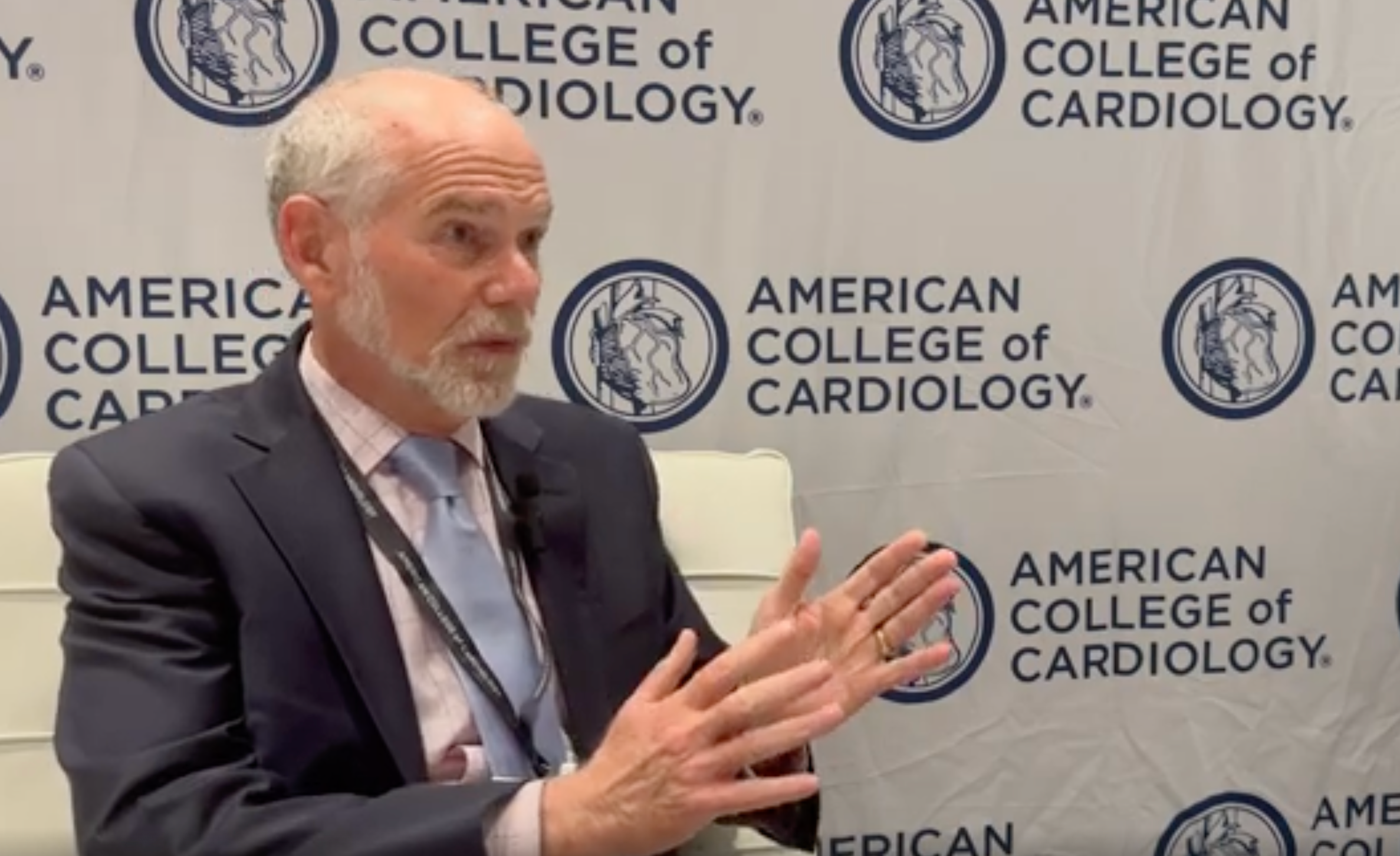Reflection on Youth Vaping and the Supreme Court’s Decision
As we reflect on the Supreme Court’s recent decision upholding the FDA’s block on flavored vapes, we remember Emily, a bright-eyed high school student who found herself captured by the allure of sweet-flavored e-cigarettes. Her journey into vaping began innocently enough; she was enticed by vibrant flavors and the seemingly harmless act of inhaling a puff of flavored vapor. However, it quickly spiraled into a daily habit, leaving her parents worried about the long-term effects on her health. Emily’s experience is just one among many that have highlighted the critical issue of youth vaping and its connection to flavored e-cigarettes.
FDA’s Efforts to Combat Youth Vaping
The FDA has been at the forefront of addressing this issue. In early 2020, the agency implemented a policy aimed at curbing the sale of unauthorized flavored cartridge-based e-cigarettes, with the exception of tobacco and menthol flavors. This move was a response to the alarming rise in youth vaping rates, attributed largely to the appeal of kid-friendly flavors such as fruit, candy, and mint. The policy did not constitute a total ban on flavored e-cigarettes but instead required manufacturers to submit applications for premarket approval, demonstrating that their products met public health standards.
Supreme Court Upholds FDA Regulations
The Supreme Court’s unanimous decision reinforces the FDA’s stance, upholding its refusal to authorize the sale of flavored vapes like “Killer Kustard Blueberry” and “Rainbow Road.” Justice Samuel Alito noted that the FDA did not act capriciously when making these decisions, emphasizing the need for rigorous scientific evidence to justify the sale of such products. This ruling underscores the FDA’s position that flavored e-cigarettes pose significant risks to youth health, and manufacturers must present compelling evidence that their benefits outweigh these risks.
The Ongoing Debate and Local Actions
Experts and advocacy groups welcome these regulatory steps as crucial in reducing youth vaping rates. However, challenges persist; many flavored e-cigarettes remain on the market, often sold illegally. Local and state-level restrictions have filled gaps in federal oversight, with several states and hundreds of municipalities banning the sale of flavored tobacco products. Despite these efforts, the broader issue of e-cigarette regulation remains complex, with ongoing debates about the role of flavors in adult smoking cessation versus their appeal to minors.
Looking Ahead: Balancing Regulation and Public Health
As we consider the future of e-cigarette regulation, it’s essential to weigh the perspectives of all stakeholders involved. For patients like Emily, who have seen firsthand the allure and dangers of flavored vapes, the importance of continued vigilance cannot be overstated. The FDA’s stance, supported by the Supreme Court, serves as a critical checkpoint in the broader conversation about public health and nicotine use. Ultimately, the narrative around vaping highlights the intricate interplay between policy, research, and individual well-being, inviting us to reflect on how our societal choices can shape the health of the next generation.
For more insights into public health policy and its implications, visit Epochedge health. Stay updated on emerging challenges in healthcare and policy changes on Epochedge news.









